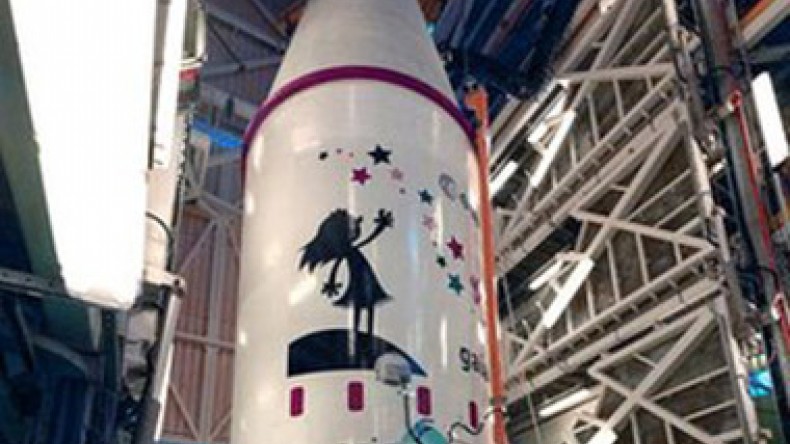
Gaia 'billion star surveyor' set for launch
Europe is about to launch the Gaia satellite - one of the most ambitious space missions in history, the BBC reported.
The 740m-euro (£620m) observatory is going to map the precise positions and distances to more than a billion stars.
This should give us the first realistic picture of how our Milky Way galaxy is constructed.
Gaia's remarkable sensitivity will lead also to the detection of many thousands of previously unseen objects, including new planets and asteroids.
The European Space Agency (Esa) satellite is being sent up on a Soyuz rocket.
Lift-off from the Sinnamary launch complex in French Guiana is scheduled for 06:12 local time (09:12 GMT).
Gaia will be released from the rocket's upper-stage just over 40 minutes later.
The intention is to put it on path to an observing station some 1.5 million km from the Earth on its nightside - a journey that will take about a month.
Gaia has been in development for more than 20 years.
It will be engaged in what is termed astrometry - the science of mapping the locations and movements of celestial objects.
To do this, it carries two telescopes that throw light on to a huge, one-billion-pixel camera detector connected to a trio of instruments.
Gaia will use this ultra-stable and supersensitive optical equipment to pinpoint its sample of stars with extraordinary confidence.
By repeatedly viewing its targets over five years, it should get to know the brightest stars' coordinates down to an error of just seven milli-arcseconds.
"This angle is equivalent to the size of a euro coin on the Moon as seen from Earth," explained Prof Alvaro Gimenez, Esa's director of science.
Gaia will compile profiles on the stars it sees.
As well as working out how far away they are, the satellite will study their motion across the sky.
Their physical properties will also be catalogued - details such as brightness, temperature, and composition. It should even be possible then to determine their ages.
And for about 150 million of these stars, Gaia will measure their velocity either towards or away from us.
This will enable scientists to use them as three-dimensional markers to trace the evolution of the Milky Way, to in essence make a time-lapse movie that can be run forwards to see what happens in the future, or run backwards to reveal how the galaxy was assembled in the past.
Newsfeed
Videos






























